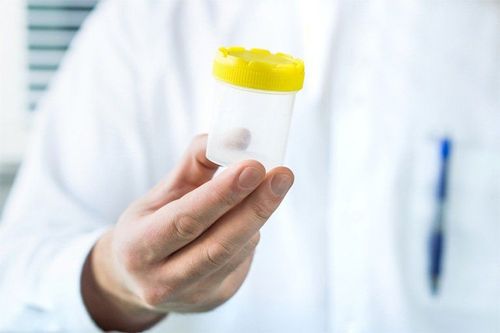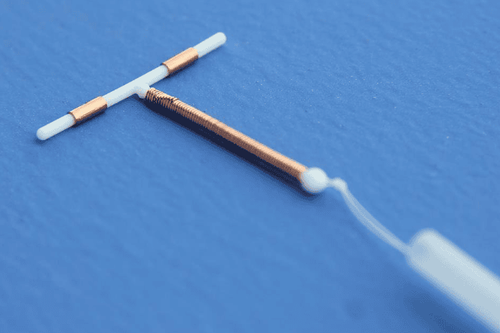This article has been professionally reviewed by Master of Medicine, Doctor Lê Nhất Nguyên, Obstetrician-Gynecologist at the Obstetrics and Gynecology Department, Vinmec Da Nang International Hospital.
The intrauterine device (IUD) is a small device inserted into the uterus to prevent unintended pregnancy. Additionally, it also helps protect the endometrium.
1. How Does an IUD Work?
The IUD may contain either copper or hormones. The insertion procedure is quick, causes minimal discomfort, and does not affect future fertility.
The primary mechanism of the IUD is to prevent the egg and sperm from meeting. It also alters the environment of the endometrium, preventing a fertilized egg from implanting in the uterus.
Currently, there are several types of IUDs available. However, the two most common types are:
- Copper-containing IUDs (e.g., T-shaped IUDs).
- Hormone-releasing IUDs (e.g., hormonal IUDs).

2. When Should an Intrauterine Device (IUD) Be Inserted During the Menstrual Cycle?
- Copper-containing IUD (T-shaped IUD): This type is currently quite commonly used. To prevent fertilization, the copper on the IUD affects the enzymes involved in the sperm's ability to penetrate the egg. It also releases ions that interfere with the movement of sperm, alters the uterine environment, and prevents the sperm and egg from meeting.
The tail of the T-shaped IUD has a small string protruding into the vagina, allowing women to check if the IUD is correctly positioned.
It is recommended to visit a doctor on the 3rd or 4th day of the menstrual cycle (when menstruation is almost finished) for consultation and IUD insertion.
This method also serves as emergency contraception. If the IUD is inserted within 5 days after intercourse, it can still prevent fertilization. - Hormonal IUD (Progestin IUD): This is a newer generation of IUD. The hormonal IUD contains Barium Sulfate and is made of flexible plastic. Doctors can easily detect its position through ultrasound as it reflects light in the dark.
The hormone Levonorgestrel in the IUD thickens the cervical mucus, preventing the sperm and egg from meeting.
A hormonal IUD can be inserted at any time during the menstrual cycle, except during menstruation or while waiting for pregnancy test results.
However, medical experts recommend inserting the hormonal IUD on the 4th or 5th day of the menstrual cycle, as the cervix is still open at this time, making insertion easier and less painful.
The IUD becomes effective immediately upon insertion into the uterus.
Depending on the type, its contraceptive effectiveness lasts from 5 to 10 years. - Note: For women who have given birth within the last 3 months or those who had a cesarean section, they should wait for at least 6 months or longer before having an IUD inserted. For women who have not yet had their period return after 6 weeks postpartum, it is essential to confirm that they are not pregnant before IUD insertion.
The IUD method can be used by women who are pregnant or breastfeeding.
Women who have undergone a suction abortion should wait for their uterus to heal (at least 3 months) and for menstruation to return before having an IUD inserted.

3. Some Risks That May Occur When Using an IUD
- Mild abdominal pain, occasional nausea or dizziness, increased vaginal discharge, and heavier or prolonged menstruation may occur during the first 3-6 months.
- Those with an allergy to copper should not choose the copper IUD.
- After using a hormonal IUD, you may notice an increase in acne or changes in your skin due to the hormonal effects from the IUD, which can alter hormone levels.
- Most people will feel discomfort right after the insertion of the IUD.
- There is a risk of infection after the procedure.
- The IUD may move to a different position, shift from its original place, or even be expelled from the uterus.
The IUD method does not protect against sexually transmitted infections (STIs).
Not everyone can use the IUD method. Different types of IUDs are suitable for different individuals. To achieve the best results and avoid undesirable side effects, it is essential to visit reputable medical facilities, ensure high-quality standards, consult with specialists, and determine the best timing for insertion.
To arrange an appointment, please call HOTLINE or make your reservation directly HERE. You may also download the MyVinmec app to schedule appointments faster and manage your reservations more conveniently.








